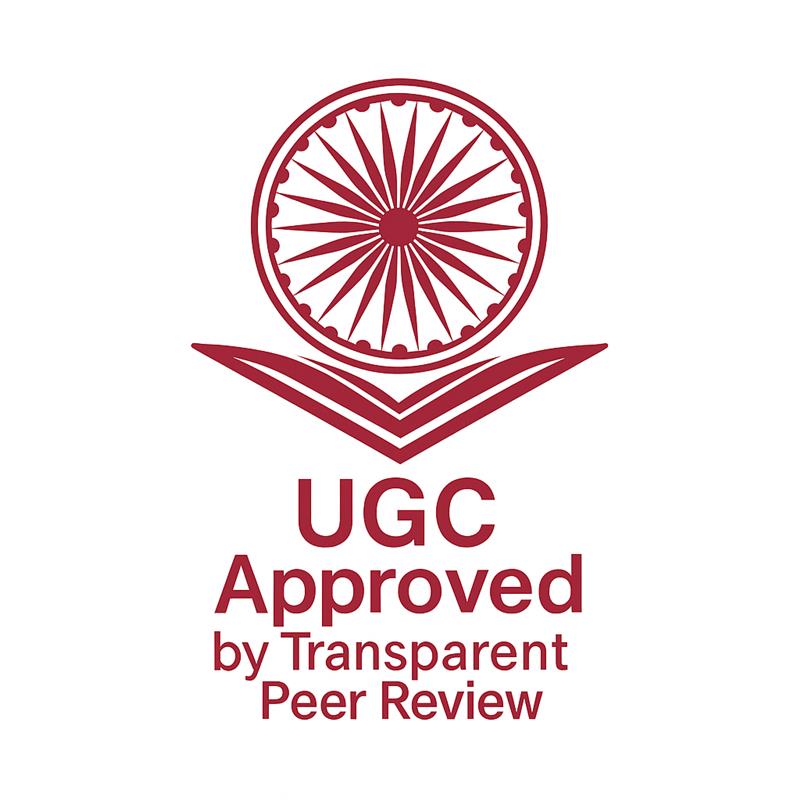Paper Title
CANNABIS SATIVA AND ITS ROLE IN NEUROTRANSMITTERS - A CRITICAL REVIEW
Article Identifiers
Authors
Keywords
Bhanga; Ayurveda; Cannabis sativa; Ethanocannaboid system.
Abstract
Bhanga is one of the plant described in ayurvedic literature. Bhanga (Indian hemp, pot, dope) is a Neurotoxic cerebral deliriant poison, obtained from Cannabis sativa. It is the oldest plant to be cultivated in the past 10,000 years for both agricultural and industrial use. It is used for both social and legal purposes for recreational and therapeutic purposes. Its cultivation is restricted by law due to its excessive use for Addiction as it owes psychoactive compounds. The Cannabis sativa plant contains more than 400 chemical compounds, including over 100 Phytocannabinoids, which can cause drug-like effects in humans. The most well-known are delta-9-tetrahydrocannabinol (THC), which produces a mental “high,” and cannabidiol (CBD) cannabis can be smoked, inhaled, taken by mouth, rubbed into the skin, or mixed into food and beverages. With a recent increase in the rates of cannabis use disorder (CUD) and a decrease in the perceived risk of cannabis use, it is crucial to assess the addictive potential of cannabis. It is enclosed Under Narcotic drugs and psychotropic substances (NDPS) Act 1985. The common preparation of the plant are Majoon, Ganja, Hashish/charas. The derivative of bhanga is resin and the active principle constituents of resin are cannabinol, cannabidiol. The main chemical, which is responsible for its pleasurable effects, is called delta-9-tetrahydrocannabinol or THC. In Agad Tantra, bhanga is described as CNS stimulant. In ayurveda it is described as pramastisk-prabhavak (CNS stimulant), Pralapaka (blabbering), and vibhramjanak (delusion) visha. It has been used for various therapeutic purposes as it acts as a sedative and have numerous pharmacological effects on both human and animal trial. Its management and effects have been mentioned very well in ayurvedic literature and modern science. In this article, we will review about the ayurvedic literature of bhanga, its mechanism and effects on the brain.
Downloads
How To Cite (APA)
Dr. Ankita Singh, Dr. Ramesh Chandra Tiwari, Dr. Manisha Dikshit, Dr. Ved Bhushan Sharma, & Dr. Bhawana Mittal (June-2023). CANNABIS SATIVA AND ITS ROLE IN NEUROTRANSMITTERS - A CRITICAL REVIEW. INTERNATIONAL JOURNAL OF NOVEL RESEARCH AND DEVELOPMENT, 8(6), g423-g428. https://ijnrd.org/papers/IJNRD2306644.pdf
Issue
Volume 8 Issue 6, June-2023
Pages : g423-g428
Other Publication Details
Paper Reg. ID: IJNRD_200771
Published Paper Id: IJNRD2306644
Downloads: 000122254
Research Area: Medical Science
Author Type: Indian Author
Country: haridwar, Haridwar, India
Published Paper PDF: https://ijnrd.org/papers/IJNRD2306644.pdf
Published Paper URL: https://ijnrd.org/viewpaperforall?paper=IJNRD2306644
About Publisher
Journal Name: INTERNATIONAL JOURNAL OF NOVEL RESEARCH AND DEVELOPMENT(IJNRD)
UGC CARE JOURNAL PUBLICATION | ISSN: 2456-4184 | IMPACT FACTOR: 8.76 Calculated By Google Scholar | ESTD YEAR: 2016
An International Scholarly Open Access Journal, Peer-Reviewed, Refereed Journal Impact Factor 8.76 Calculate by Google Scholar and Semantic Scholar | AI-Powered Research Tool, Multidisciplinary, Monthly, Multilanguage Journal Indexing in All Major Database & Metadata, Citation Generator
Publisher: IJNRD (IJ Publication) Janvi Wave | IJNRD.ORG | IJNRD.COM | IJPUB.ORG
Copyright & License
© 2025 — Authors hold the copyright of this article. This work is licensed under a Creative Commons Attribution 4.0 International License. and The Open Definition.
You are free to share, adapt, and redistribute the material, provided proper credit is given to the original author. 🛡️ Disclaimer: The content, data, and findings in this article are based on the authors’ research and have been peer-reviewed for academic purposes only. Readers are advised to verify all information before practical or commercial use. The journal and its editorial board are not liable for any errors, losses, or consequences arising from its use.

Publication Timeline
Article Preview: View Full Paper
Call For Paper
IJNRD is a Scholarly Open Access, Peer-Reviewed, Refereed, and UGC CARE Journal Publication with a High Impact Factor of 8.76 (calculated by Google Scholar & Semantic Scholar | AI-Powered Research Tool). It is a Multidisciplinary, Monthly, Low-Cost, and Transparent Peer Review Journal Publication that adheres to the UGC CARE 2025 Peer-Reviewed Journal Policy and aligns with Scopus Journal Publication standards to ensure the highest level of research quality and credibility.
IJNRD offers comprehensive Journal Publication Services including indexing in all major databases and metadata repositories, Digital Object Identifier (Crossref DOI) assignment for each published article with additional fees, citation generation tools, and full Open Access visibility to enhance global research reach and citation impact.
The INTERNATIONAL JOURNAL OF NOVEL RESEARCH AND DEVELOPMENT (IJNRD) aims to advance applied, theoretical, and experimental research across diverse academic and professional fields. The journal promotes global knowledge exchange among researchers, developers, academicians, engineers, and practitioners, serving as a trusted platform for innovative, peer-reviewed journal publication and scientific collaboration.
Indexing Coverage: Google Scholar, SSRN, ResearcherID-Publons, Semantic Scholar (AI-Powered Research Tool), Microsoft Academic, Academia.edu, arXiv.org, ResearchGate, CiteSeerX, ResearcherID (Thomson Reuters), Mendeley, DocStoc, ISSUU, Scribd, and many other recognized academic repositories.
How to submit the paper?
By Our website
Click Here to Submit Paper Online
You can now publish your research in IJNRD. IJNRD is a Transparent Peer-Reviewed Open Access Journal Publication (Refereed Journal), aligning with New UGC and UGC CARE recommendations.
For more details, refer to the official notice: UGC Public Notice
Submit Paper Online
Important Dates for Current issue
Paper Submission Open For: December 2025
Current Issue: Volume 10 | Issue 12 | December 2025
Impact Factor: 8.76
Last Date for Paper Submission: Till 31-Dec-2025
Notification of Review Result: Within 1-2 Days after Submitting paper.
Publication of Paper: Within 01-02 Days after Submititng documents.
Frequency: Monthly (12 issue Annually).
Journal Type: IJNRD is an International Peer-reviewed, Refereed, and Open Access Journal with Transparent Peer Review as per the new UGC CARE 2025 guidelines, offering low-cost multidisciplinary publication with Crossref DOI and global indexing.
Subject Category: Research Area
Call for Paper: More Details
Approval, Licenses and Indexing: More Details

 :
: 




